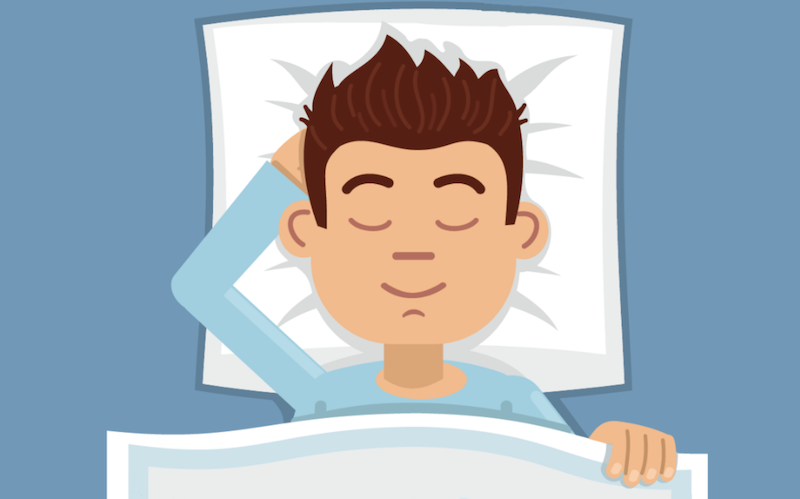Physical Activity Found to Favor Healthy Sleep Schedule
An adequate amount of good-quality sleep is essential for the physical and emotional well-being of humans.For instance, good-quality sleep helps improve the outcomes of various diseases, including cardiovascular and metabolic disorders, mental diseases, and dementia. On the other hand, sleep disorders such as insomnia, narcolepsy, and excessive sleepiness may lead to serious health issues and are quite prevalent the world over.
 In the U.S., 50–70 million adults suffer from sleep disorders, primarily insomnia. Meanwhile, a meta-analysis of 17 studies suggested that in China, insomnia is present in 15% of the population. To better understand such ailments, it is important to study the factors that promote good-quality sleep. Previous studies have indicated that a proper lifestyle, including a healthy diet and regular physical activity, is beneficial for good sleep.
In the U.S., 50–70 million adults suffer from sleep disorders, primarily insomnia. Meanwhile, a meta-analysis of 17 studies suggested that in China, insomnia is present in 15% of the population. To better understand such ailments, it is important to study the factors that promote good-quality sleep. Previous studies have indicated that a proper lifestyle, including a healthy diet and regular physical activity, is beneficial for good sleep.
However, a systematic comprehensive study is lacking in this area of research.
To this end, a team of researchers from Japan, Canada, and Taiwan—led by Associate Professor Javad Koohsari from the School of Knowledge Science at Japan Advanced Institute of Science and Technology (JAIST), who is also an adjunct researcher at the Faculty of Sport Sciences at Waseda University—has probed the inter-relationship between sedentary behavior, physical activity, and sleep quality in a sample of middle-aged Japanese population.
The research group, comprising Professor Yukari Nagai, also from JAIST; Professor Akitomo Yasunaga from Bunka Gakuen University; Associate Professor Ai Shibata from University of Tsukuba; Professor Yung Liao from National Taiwan Normal University; Associate Professor Gavin R. McCormack from University of Calgary, and Professor Koichiro Oka and Professor Kaori Ishii from Waseda University, based their study on Japanese adults between 40 and 64 years of age—a crucial time window which often marks the onset of various health issues. Their work has been recently published in Scientific Reports.
The researchers used an isotemporal substitution approach, which estimates the effect of replacing one activity type with another for the same amount of time. Says Dr. Koohsari, “We replaced 60 minutes of sedentary behavior or light-intensity physical activity with moderate-to-vigorous physical activity in the participants’ schedules.” An accelerometer monitored the participants’ level of physical activity for seven consecutive days. A questionnaire was then used to assess the participants’ quality of sleep and rest.
» ALSO SEE: New App movr Build Offers Evidence-Based Workouts
The replacement of sedentary behavior with moderate-to-intense exercise indeed improved sleep quality. Interestingly, this association was seen to be gender-based, and was only found in women. This is in agreement with reports that have shed light on gender-based differences in sleep disorders. More studies are, however, required to understand why these gender-based dissimilarities occur.
In summary, this study contributes to the existing pool of studies that provide empirical evidence of the importance of physical activity in promoting good-quality sleep. Hopefully, these studies will serve as a useful platform for further research on the prevention of sleep-related disorders.
*Provided by Japan Advanced Institute of Science and Technology.







